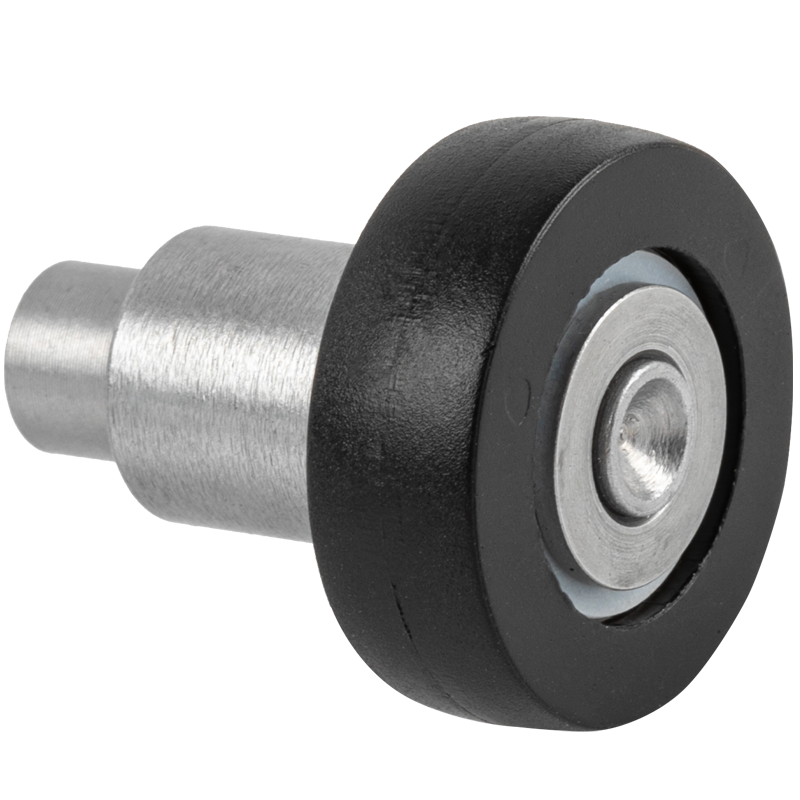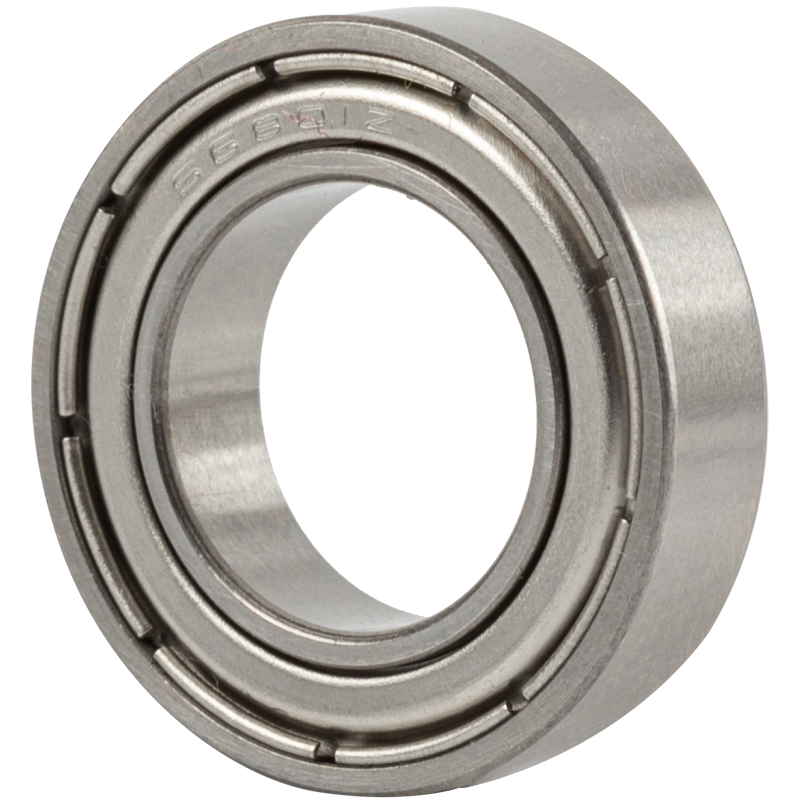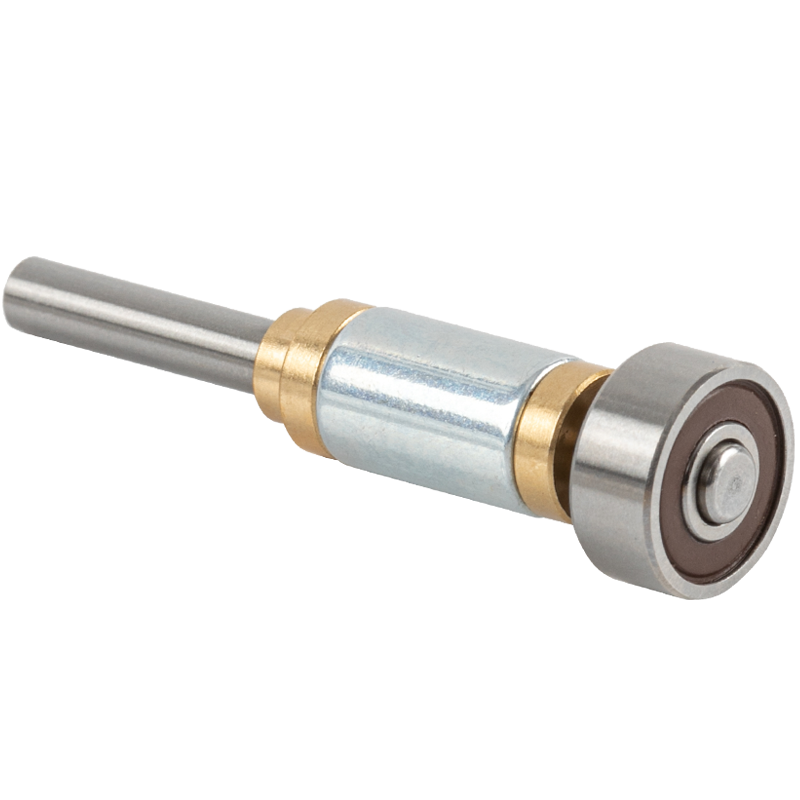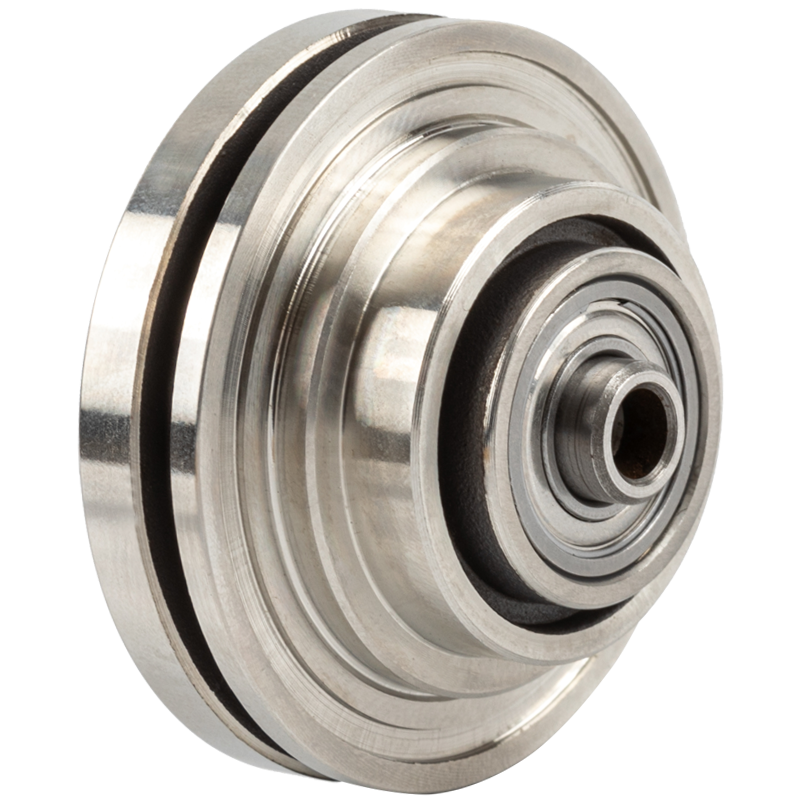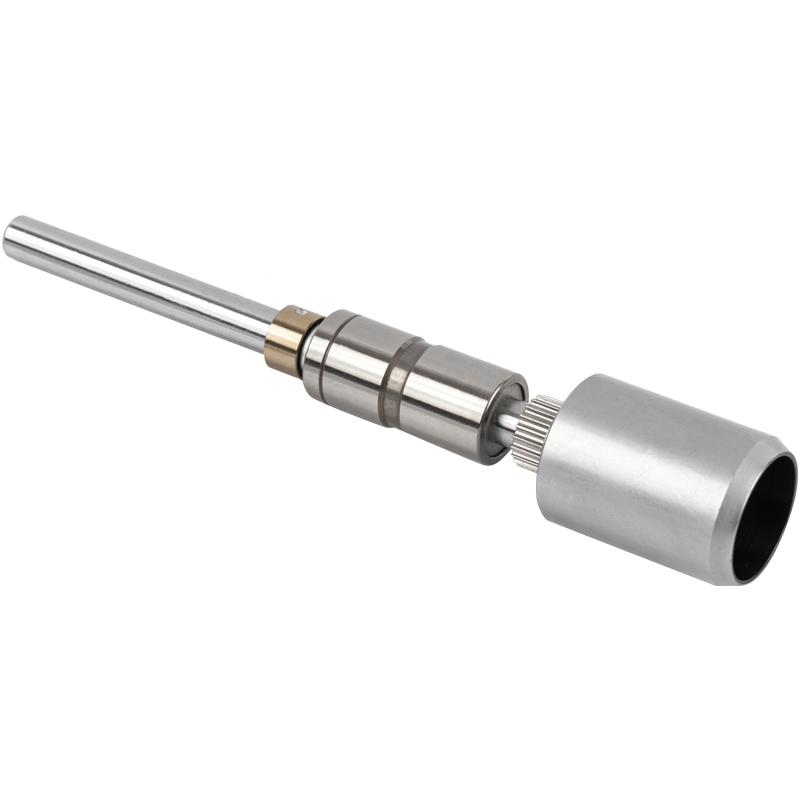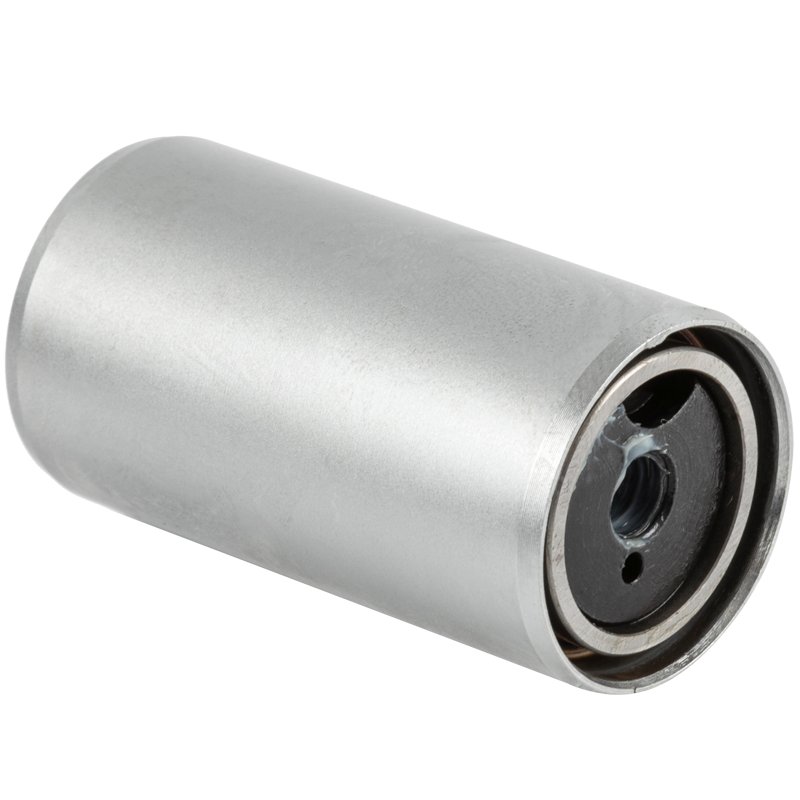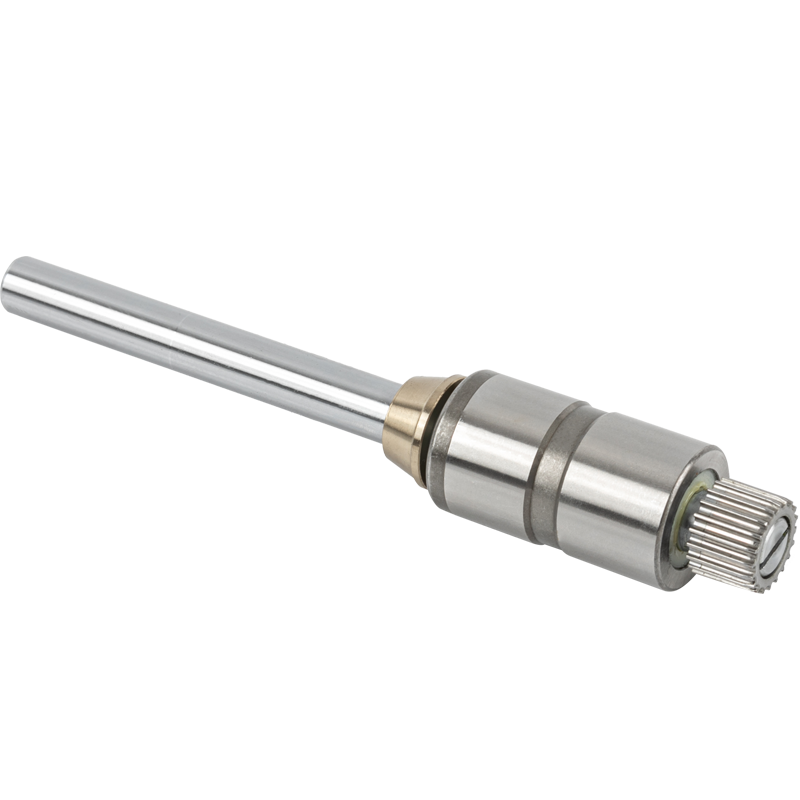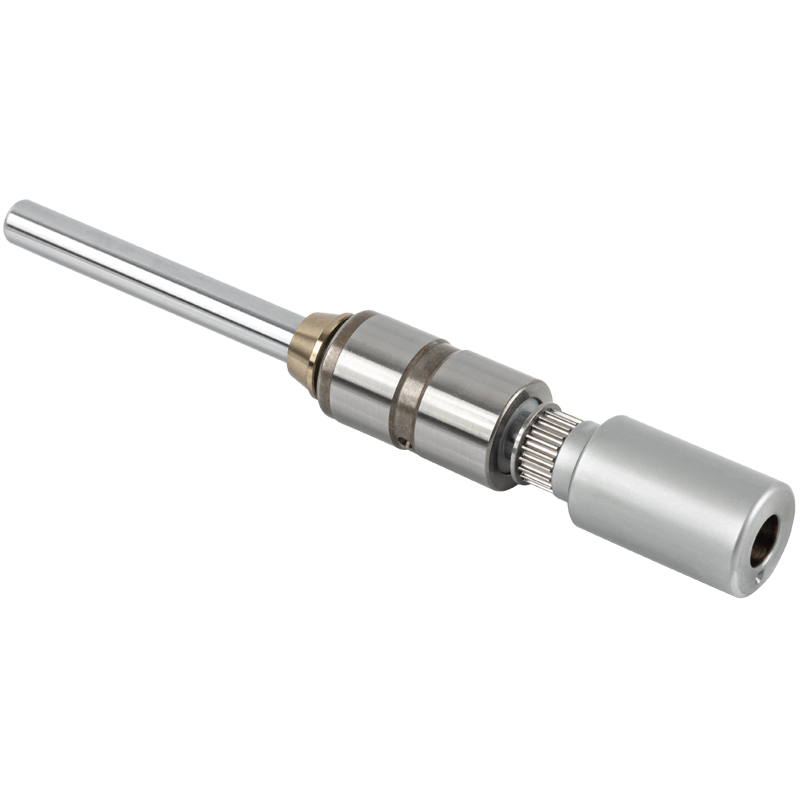Textile bearings are not commonly used in the automotive industry as a primary choice for bearing applications. Instead, automotive manufacturers typically rely on metallic bearings and other advanced materials due to their superior performance, durability, and load-bearing capabilities. However, there are specific niche applications where textile bearings can play a role in the automotive industry.
Interior Components: Textile materials like fabrics and fibers are commonly used for interior components in vehicles, such as seats, headliners, and carpeting. While these are not traditional bearing applications, textiles are essential for comfort and aesthetics in automobiles.
Sealing and Insulation: Some textile-based materials may be used in automotive applications for sealing and insulation purposes. These materials help prevent the ingress of dust, dirt, and moisture, which indirectly contributes to the performance and longevity of bearings in other parts of the vehicle.
Noise and Vibration Damping: Textile materials can be employed as dampers or isolators to reduce noise and vibrations in the automotive interior. While they don't serve as traditional bearings, they enhance ride comfort and passenger experience.
Customized Solutions: In some unique and specialized cases, manufacturers may develop custom textile bearing solutions to meet specific needs, such as in racing vehicles or experimental prototypes. These applications are generally limited and not part of the mainstream automotive industry.
In summary, while textile bearings are not a key component in the automotive industry's traditional bearing applications, textile materials find their place in various interior and ancillary parts of vehicles. Textiles contribute to comfort, aesthetics, sealing, insulation, and noise reduction, indirectly impacting the overall performance and experience of automotive vehicles. Nonetheless, for primary load-bearing applications, metallic bearings and advanced materials remain the preferred choice.
 English
English 日本語
日本語 Tiếng Việt
Tiếng Việt